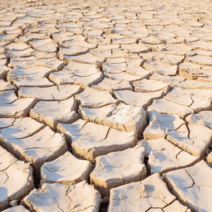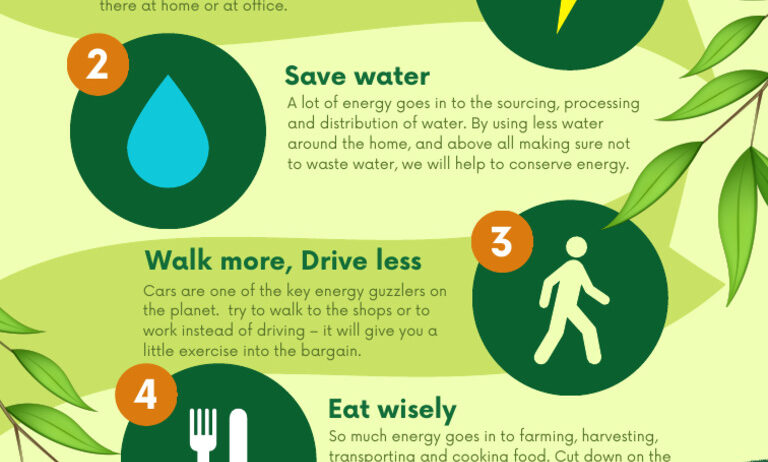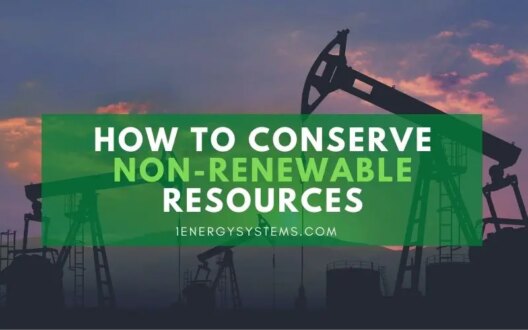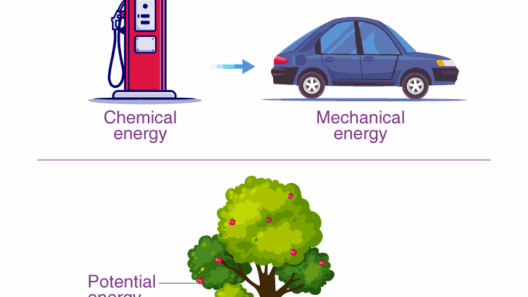In the intricate web of life, energy conservation is a vital mechanism that numerous organisms have harnessed over millennia. Evolution has shaped various adaptations and strategies that organisms employ in their quest for energy efficiency, allowing them to thrive within their respective niches. This discourse elucidates the myriad ways organisms naturally conserve energy, enriching our understanding of ecological interactions and adaptations.
One of the most significant adaptations seen across various species is behavioral modification. Many organisms, especially ectothermic or cold-blooded creatures, regulate their activity levels based on ambient temperatures. For instance, reptiles, such as lizards, bask in the sun to elevate their body temperature, which in turn stimulates their metabolism. Conversely, during cooler temperatures, they become lethargic, exhibiting less activity to conserve energy. This behavioral plasticity exemplifies an energy-conservative strategy that minimizes energy expenditure in response to environmental fluctuations.
In addition to behavioral strategies, the physiological mechanisms that organisms utilize to conserve energy are equally fascinating. Many mammals, such as bears, exhibit torpor, a state of decreased physiological activity. During torpor, metabolic rates drop significantly, allowing the organism to survive on stored energy reserves. This adaptation is particularly advantageous in resource-scarce environments or during periods when food is not readily available. Hibernation is a seasonal form of torpor where animals enter a prolonged state of dormancy, markedly reducing energy consumption over extended periods.
Another prevalent method of energy conservation is found in the realm of plant life. Plants have evolved a range of adaptations to minimize energy loss, one of which is the optimization of their leaf structure through photosynthetic efficiency. Various species possess specialized leaf arrangements or orientations that maximize sunlight capture while minimizing water loss. For instance, succulents have thick, fleshy leaves that store water and facilitate photosynthesis during cooler, less evaporation-prone periods of the day. The CAM (Crassulacean Acid Metabolism) pathway allows some plants to fix carbon dioxide at night, reducing water loss and conserving energy during the heat of the day.
Moreover, the concept of biogeography plays a role in energy conservation strategies. Animals in different habitats display distinctive adaptations centered around their environment. For instance, species in arid regions, such as camels, have anatomical features that limit water loss and utilize fat storage as a source of energy. In contrast, animals in nutrient-rich environments may exhibit greater metabolic rates, benefiting from their abundant resources. These environmental factors dictate the energy conservation strategies employed by various species, highlighting a fascinating interplay between organism and habitat.
The role of social behaviors among organisms cannot be overlooked when discussing energy conservation. In ecosystems where cooperation is key, such as wolf packs or primate troops, individuals will often work together to hunt or protect resources. This collaborative effort minimizes energy expenditure per individual, as the group effect allows for successful hunts with less risk and lower energy costs. The execution of strategic movements and shared duties exemplifies the intricacies of social structures in conserving energy.
While many organisms are adept at conserving energy through behavioral, physiological, and structural adaptations, some species adopt unique reproductive strategies that also serve energy conservation. For example, many fish and amphibians practice broadcast spawning, releasing eggs and sperm into the water column simultaneously, allowing for fertilization without the need for the male to exert vast amounts of energy in courtship rituals. By optimizing reproductive strategies, these organisms ensure the continuation of their lineage while minimizing the energetic costs associated with traditional mating practices.
To further illustrate the array of adaptations, we can examine the phenomenon of seasonal migrations. Many bird species, such as the Arctic Tern, journey thousands of miles to reach breeding grounds rich in resources. By migrating, these birds effectively capitalize on optimal conditions for foraging, thereby limiting their energetic expenditure during harsh seasons. The ability to navigate vast distances and optimize resource utilization is a prime example of energy conservation at work.
While the examples presented encapsulate a broad spectrum of energy conservation strategies employed by organisms, the underlying principle remains the same: the need to adapt for survival in an ever-changing environment. Each adaptation showcases the relentless pursuit of efficacy within the energetic constraints of life.
In conclusion, the natural world teems with organisms that have developed incredible strategies to conserve energy. From behavioral modifications to physiological adaptations, each strategy reflects the evolutionary pressures faced by different species. Understanding these mechanisms not only enriches our comprehension of ecological dynamics but also underscores the intricate connections that bind all living organisms. As we reflect on these natural adaptations, we gain a deeper appreciation for the resilience and ingenuity of life on Earth.








